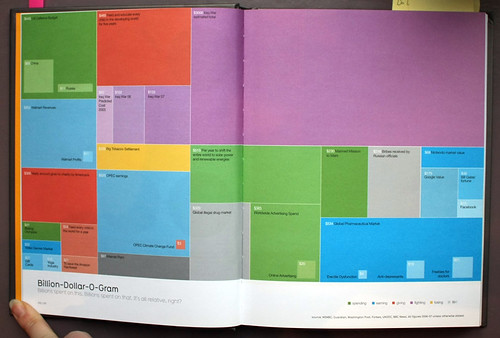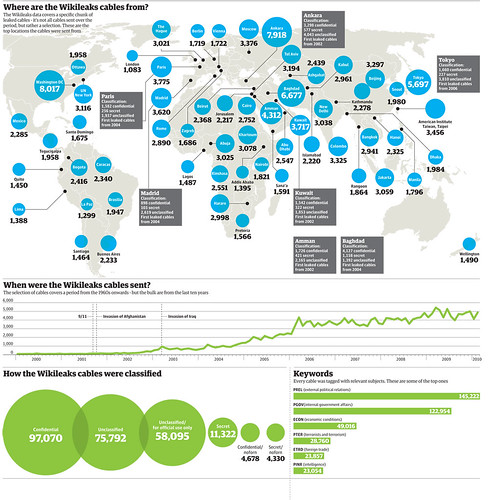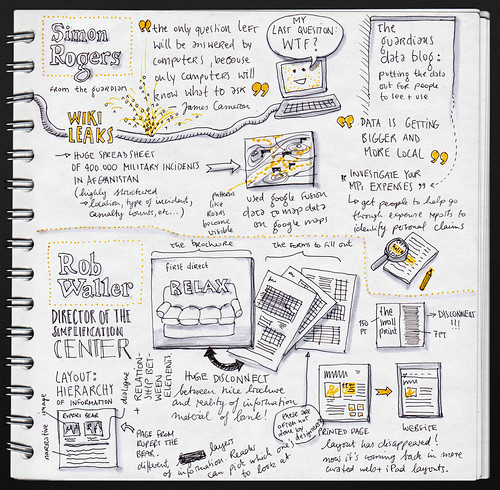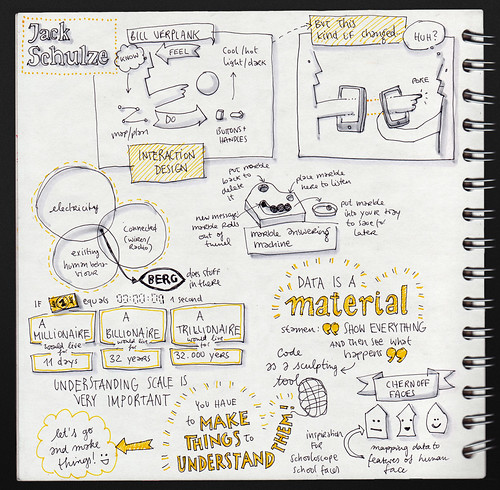Monday, 4:00pm
31 January 2011
In with the old, in with the new
Thoughts (and sketchnotes) on the Design of Understanding conference
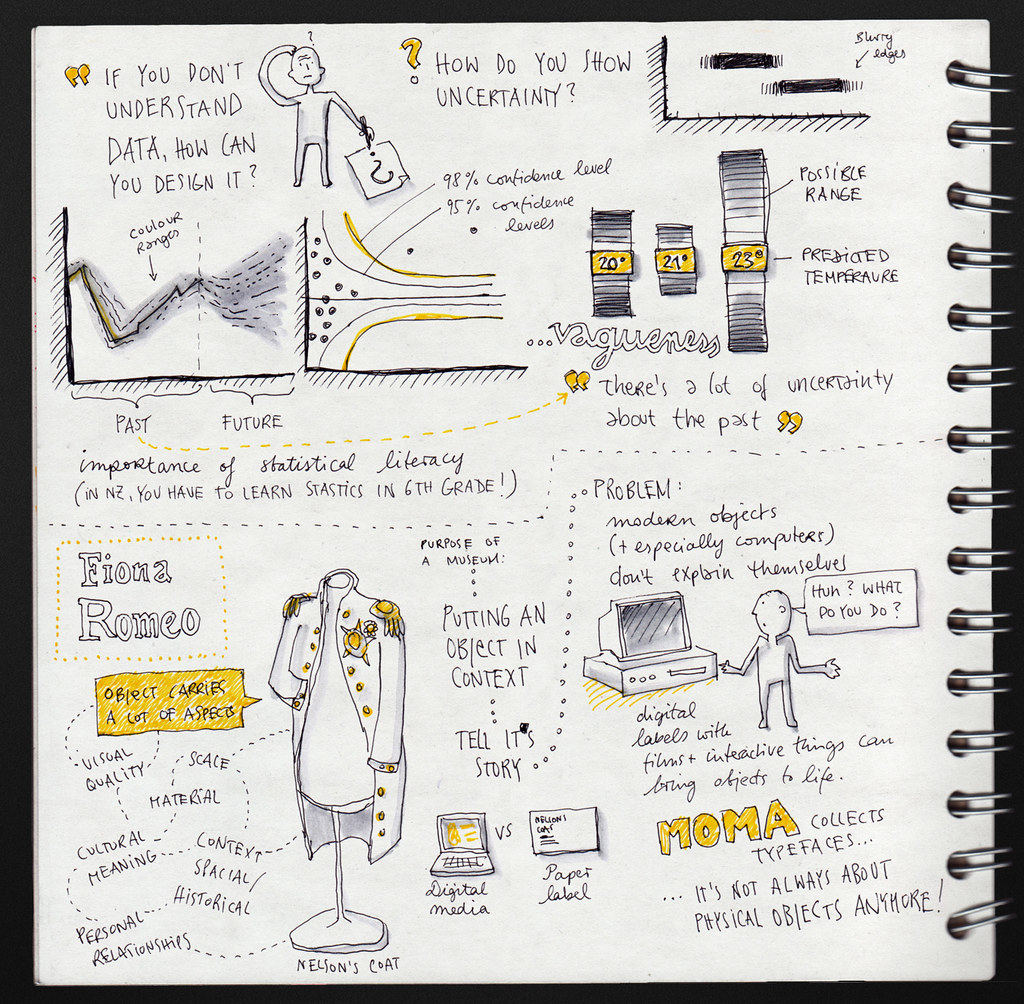
St Bride Library has been undergoing something of a renaissance in recent years, writes Gerry Leonidas. It is emerging as the place to host design-related events in London, and an increasingly wide audience guarantee sold-out events. ‘The Design of Understanding’ was sold out to a mix of regulars as well as new faces.
Top: ‘Sketchnote’ from the conference by Eva-Lotta Lamm.
Max Gadney invited speakers who work beyond the traditional areas of information design, and some of these new paradigms of use raised interesting questions.
Michael Blastland highlighted the fallacy of objectivity in statistical arguments. He pointed to two often neglected factors: the sample size, and the assumptions implied by the models for representing results. The easiest way to confuse a seasonal variation for a trend is to have a small pool of data.
David McCandless showed some imaginative models, but I can’t help thinking that there is room for considerable innovation beyond the simple ‘if-then’ of two-dimensional representations.
Above: ‘Billion-Dollar-O-Gram’ by David McCandless from Information is Beautiful. (See forthcoming Eye blog on this diagram.)
Fiona Romeo (top) was eloquent on the potential in objects to tell stories, and the need for thoughtful, inspiring interpretation. But she did not stop there: she explored the opportunity for museum audiences to weave their own narratives.
Simon Rogers’ work with The Guardian hinted at what is probably the most interesting area of design innovation: handling raw data with hundreds of thousands of data points (Wikileaks, public expenditure, etc.) creates a real challenge to find the critical story, and display the results in meaningful ways (see below).
The Guardian team also raised crowdsourcing as an asset. We’ve been witnessing the debunking of expertise for years; is this an area where ‘lay power’ will prove invaluable?
Above: BBC graphic from October 2010 showing how the Chilean miners were supplied through a 12cm borehole, discussed by Scott Byrne-Fraser during a panel at ‘The Design of Understanding’.
Chris Heathcote and Jack Schulze (below) both pointed out that we are in the early stages of a transformation in our behaviour, brought about by ubiquitous and personalised interaction with information. This reality is exciting and empowering, but also worrying: you might be sitting in a coffee shop making sense of the OFSTED reports for UK schools with BERG’s Schooloscope, just as your social networks are telling your supermarket that you are adventurous in your choice of muffins.
There were useful lessons, for all these issues, in Rob Waller’s talk, which combined the perspectives of the academic and the practicing designer. Waller reminded of work done not long ago when designers were working alongside psychologists, sociologists, and other -ists to propose new ways of thinking about design. These efforts left a series of important documents behind, which often did not make it on to the shelves of lecturers, let alone designers. The challenges of design today may present themselves through new technology, but the key questions in design are about people.
A longer version of this article will appear in Eye 79
28 January 2011
The Design of Understanding
St Bride Library
Bride Lane, Fleet Street
London EC4Y 8EE
Conference blog: thedesignofunderstanding.com.
For more exhibitions, conferences and talks, see Eye’s events page.
More about Eva-Lotta Lamm (see www.evalotta.net/sketchnotes and her Flickr page)
Personal sites for Michael Blastland, David McCandless, Fiona Romeo, Simon Rogers, Chris Heathcote, Jack Schulze and Rob Waller.
See Max Gadney’s article ‘Understand, visualise, survive’ in Eye 78.
Eye magazine is published quarterly for professional designers and students. It’s available from all good design bookshops and online at the Eye shop, where you can buy subscriptions and single copies. For a glimpse of the current one, no. 78, see Eye before you buy on Issuu.

